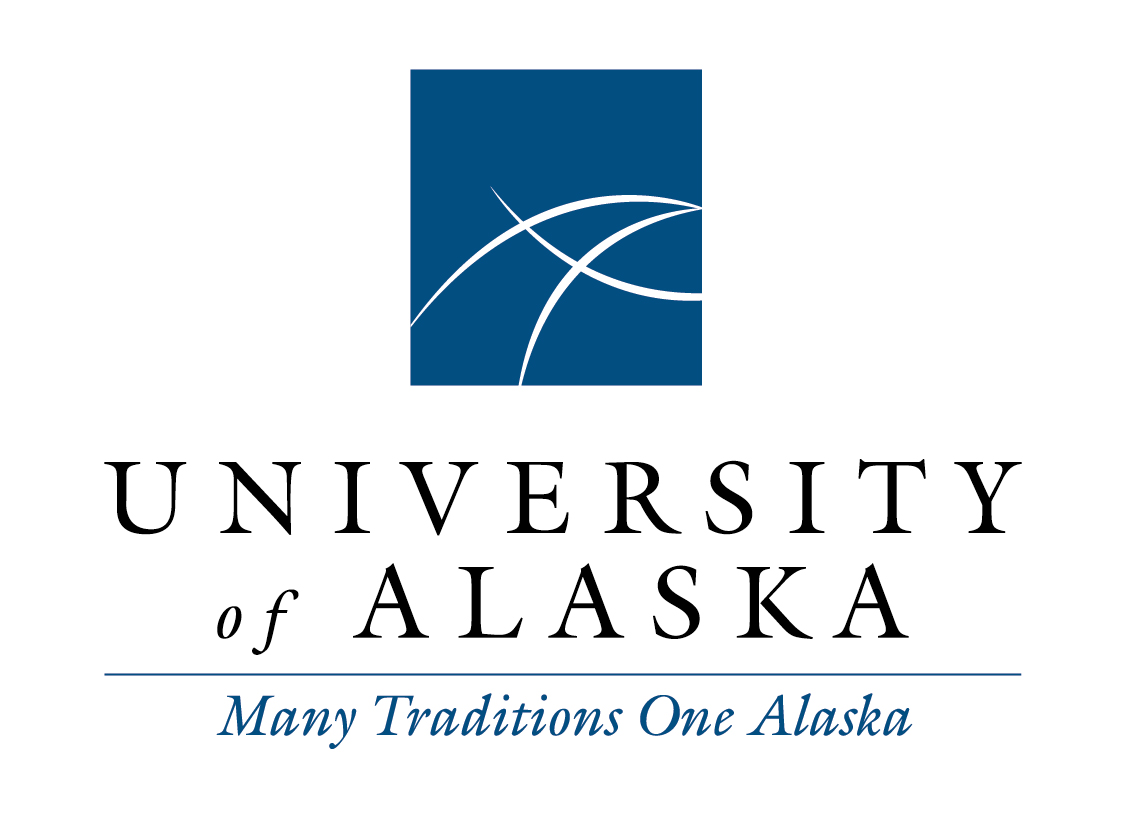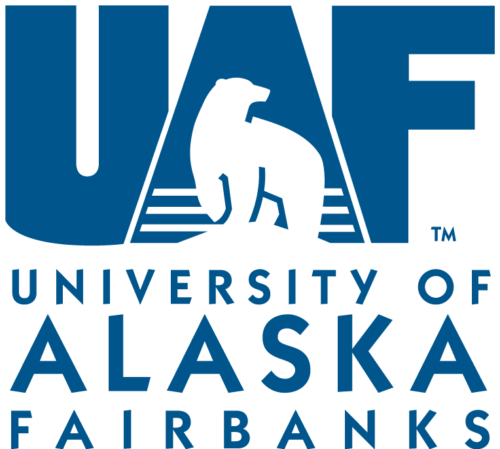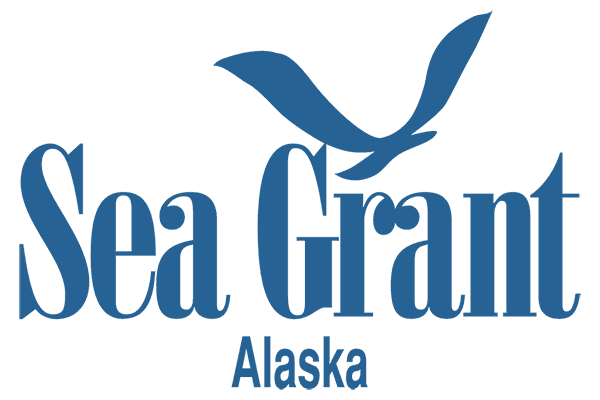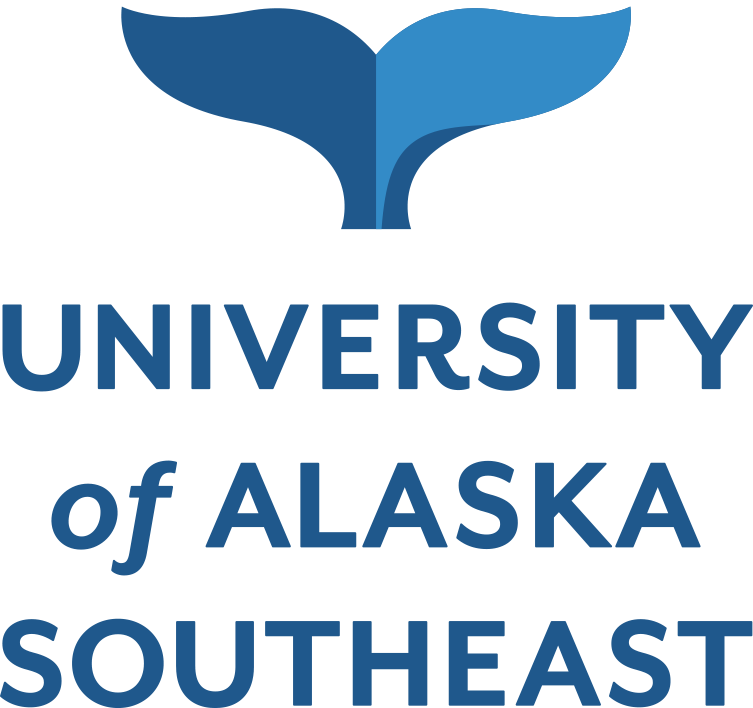
University of Alaska
Many Traditions One Alaska
The University of Alaska inspires learning, and advances and disseminates knowledge through teaching, research, and public service, emphasizing the North and its diverse peoples.

University of Alaska Fairbanks
College of Fisheries and Ocean Sciences
Beginning more than 50 years ago as the legislatively mandated University of Alaska Institute of Marine Science, the UAF College of Fisheries and Ocean Sciences is a major contributor to research and training of new scientists and technicians in fisheries, marine biology and oceanography. Our world-class research addresses some of the most pressing issues in aquatic ecosystems from the Arctic to Antarctica, and we operate major research facilities, including the research vessel Sikuliaq.

Alaska Sea Grant
Alaska Sea Grant, one of 34 Sea Grant programs nationwide, is a statewide program headquartered at the University of Alaska Fairbanks.
Sea Grant has been serving Alaska for 50 years. Our work supports healthy coastal resources, strong economies, and vibrant communities. We do this through research, education, and outreach via Marine Advisory agents who live and work in eight coastal communities across Alaska.

University of Alaska Southeast
Juneau – Ketchikan – Sitka
Biology & Marine Biology Degree Programs
Study biology and marine biology with access to the ultimate natural laboratory — Southeast Alaska’s rich ocean environment. Incoming students learn biological principles and skills in lecture, laboratory, and field courses. They can then join professors, researchers, and current students to work on projects that range from tracking humpback whale migrations to mapping the surface canopy of kelp. UAS’s coastal classrooms and labs provide world class opportunities for unique hands-on learning experiences.
Applied Fisheries Pathways: Educating Technicians
Programs range from an introduction to fisheries as a career path to degrees that provide a broad educational and practical foundation in the field. Students completing these programs will be prepared for entry-level employment in federal and state agencies, hatcheries, and the private sector or may continue on towards a bachelor’s degree.

University of Alaska Anchorage
Department of Biological Sciences
The Department of Biological Sciences is currently home to 20 tenure-track faculty members and a strong cohort of term, adjunct and affiliate faculty members. Their faculty has diverse research programs and strengths in ecology, evolutionary biology, cell and developmental biology, physiological ecology of plants and animals, genetics, and molecular biology. The research of many departmental faculty members is directed at questions related to life in the north, including physiological adaptations to cold, dark, and extreme environments, and the complex dynamics of ecosystem processes.
Receive Conference Updates
Sign up for our email list to get access to conference content and exclusive updates.
Contact Us